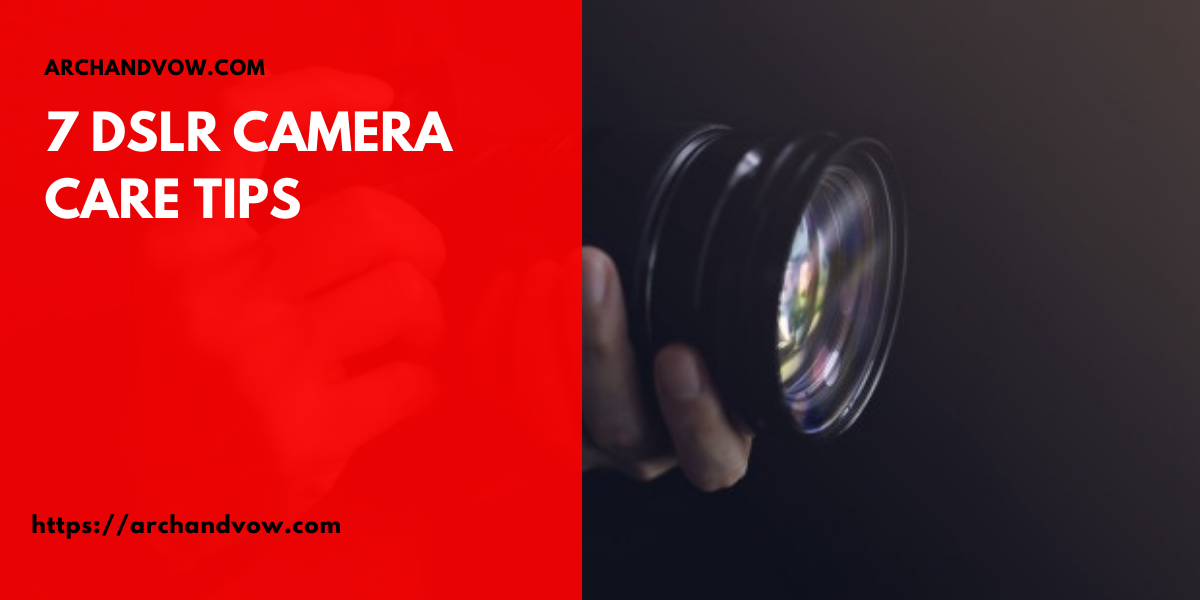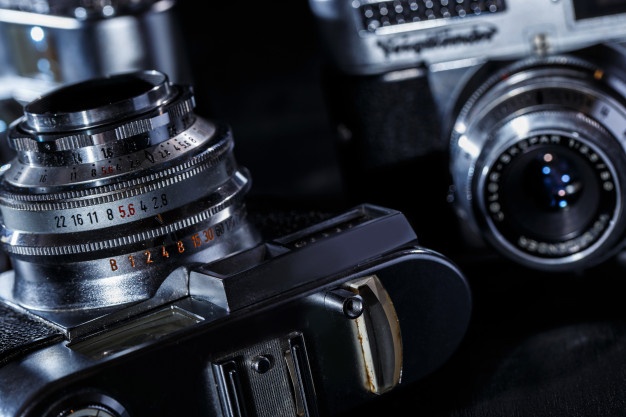Having a DSLR camera that costs more than a compact camera is the dream of many. Some are willing to tie their stomachs to have it. But not many people know the necessary care tips to ensure that DSLR cameras do not have problems or are infected with ‘fungus’.
DSLR cameras are more sensitive and need more attention than regular compact cameras. Inside the DSLR body, not only have components that need to be taken care of, but also mechanical components that are always well maintained.
1 # Continue to Clean After Use.
This is the main thing that is always taken lightly. Clean DSLR cameras using a blower, swiper or even microfiber cloth. Make sure there is no dust, dust, sand or water floating on the ‘body’ of the DSLR.
2 # Store Camera In ‘Dry Box’
Many DSLR owners do not keep their DSLRs in a dry box. There is no need to buy expensive dry boxes in the market, it is enough to just provide a plastic ‘container’, place gelika gel and close tightly. This ensures that the air inside the box is always dry to prevent fungal infections on the camera lens.
3 # Avoid Continuous Sunlight.
DSLRs have sensitive components with constant sunlight. DSLR ‘body’ temperatures also have limits that need to be maintained for a long time.
4 # Install LCD Screen Protector
Do not be stingy to install an LCD Screen Protector that can protect the LCD DSLR. Otherwise, the LCD is at risk of breaking easily (like a smartphone screen!). The cost to replace it is very high!
5 # Avoid Contact with Water
There are DSLR cameras that are ‘waterproof’ but not all. Depending on the ‘body’ material of the DSLR. Cameras that enter water are at risk of ‘short circuits’ on electronic components. If this is the case, the cost of repairs is equal to the price per unit of a DSLR camera.
6 # Install Quality Strap
If you do not use an original strap or ‘strap’, buy a high quality strap. Not easy to break. If the strap is broken, it risks breaking the lens or DSLR body.
7 # Follow Proper Procedures When Changing Lens
Every time you change the lens, the exposed DSLR camera is at risk of entering dust, small insects, sand and so on. To prevent this from happening, take some necessary steps during the lens replacement process;
- only change lenses if necessary
- change the lens in a safe place (not dusty, in a dry / clean place)
- ‘Switch off’ the camera first.
- point the camera down as when taking a picture of the foot.
- make sure you turn your back on the wind
- change quickly and carefully.
- if you suspect dust or dust has entered, blow the lens or sensor part first.
For more information about photography services Malaysia, please visit https://archandvow.com







